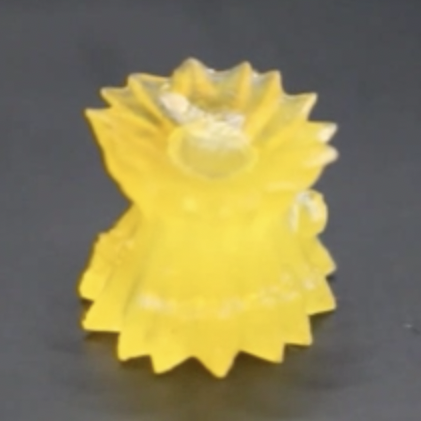
Revolutionary 3D Printing Technique Enables Shape-Changing Materials
# Revolutionary 3D Printing Advances Shape-Changing Materials Researchers at **Oregon State University** have spearheaded a groundbreaking 3D printing approach for fabricating shape-changing materials known as **liquid crystalline elastomers (LCEs)**. These materials, related to muscle tissue in their functionality, have the potential to revolutionize multiple fields, including **robotics**, **biomedical engineering**, and **energy devices**. ## The Science Behind LCEs **Liquid crystalline elastomers** are polymer networks that exhibit significant shape transformation when exposed to stimuli such as heat. They serve as a bridge between **thermal energy** and **mechanical energy**, presenting opportunities in areas like soft robotics and implantable medical devices. This is due to their **viscoelastic** nature, which allows them to store and release energy efficiently. ## Technical Insight A collaborative team led by OSU's **Devin Roach** has pioneered a method using **magnetic fields** to align molecules during a 3D printing process called **digital light processing**. This technique involves using light to cure liquid resin into solid forms, with careful alignment of molecules being key to maximizing the elastomers' transformative capabilities. The anisotropic nature of LCEs, characterized by directional dependence, sets them apart as functional materials. ## Applications and Future Prospects The research, published in the journal **Advanced Materials**, underscores the versatility of LCEs. They promise to aid the development of robots capable of exploring hazardous environments and could also contribute technological advancements in aerospace. The innovation extends to **mechanical damping**, offering solutions to reduce energy from mechanical vibrations. Collaborations involved Harvard University, the University of Colorado, and national labs, supporting discoveries that redefine how we engage with materials that change in response to external stimuli. With support from the National Science Foundation and Air Force Office of Scientific Research, this discovery opens exciting avenues for technological innovation.